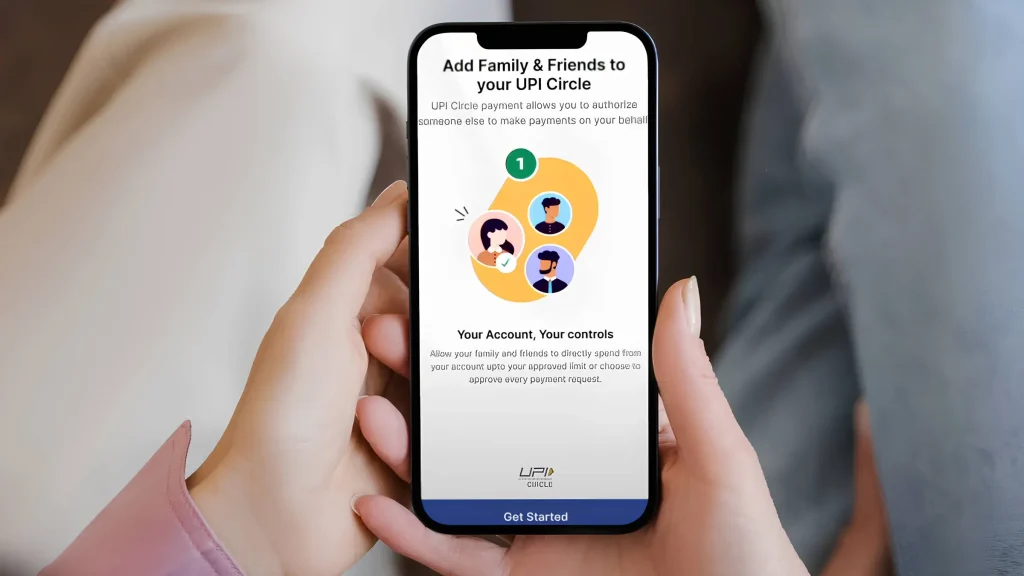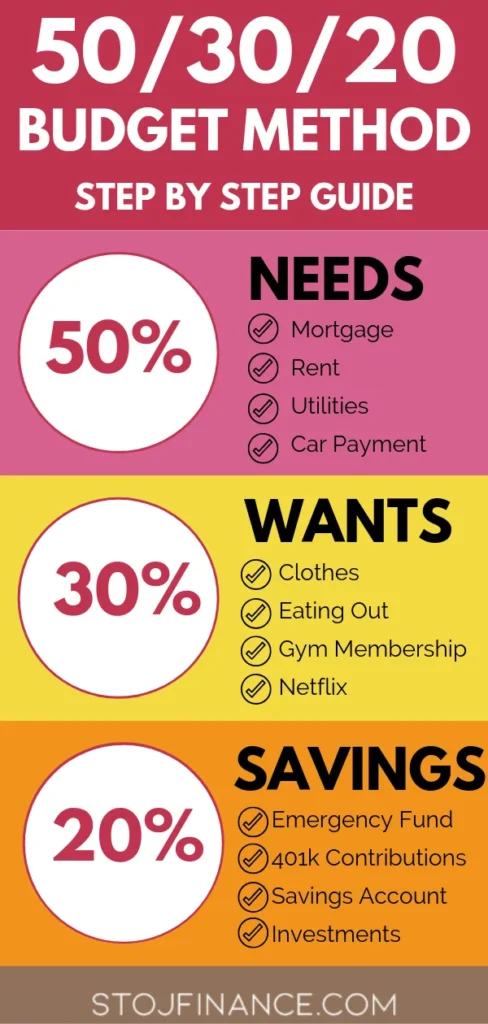UPI Circle cross-platform is revolutionizing the way families manage their financial responsibilities by introducing seamless interoperability among popular payment apps like BHIM, GPay, and PhonePe. This innovative feature allows users to effortlessly authorize trusted contacts to handle payments, particularly beneficial for those navigating shared expenses in their households. By making payments more accessible across various platforms, UPI Circle eliminates the previous constraints that limited users to a single app, making it a game changer for Indian families. Whether it’s allowing a caregiver to transact on behalf of an elderly parent or sharing costs among family members, the UPI Circle capability enhances convenience and flexibility. As digital payments continue to grow in India, UPI Circle stands at the forefront of this evolution, ensuring that managing money is no longer a headache but a streamlined process.
The recent advancements in UPI Circle’s functionality have made it an essential tool for managing collective finances across diverse digital payment platforms. This cross-functional feature simplifies the delegation of financial tasks, promising greater ease for users of BHIM, GPay, and PhonePe alike. By enabling family members or trusted friends to facilitate transactions on one another’s behalf, it alleviates the stress of shared expenses in everyday life. With this enhanced interoperability, UPI Circle cultivates a more inclusive approach to managing money, making it easier for individuals to uphold their financial commitments while preserving oversight. As families and caregivers embrace these solutions, the benefits of using different UPI apps are amplified, fostering a more collaborative financial environment.
Understanding UPI Circle and Its Impact on Shared Expenses
UPI Circle is an innovative feature that allows families to navigate shared expenses with ease, especially in households where members prefer different UPI apps like BHIM, GPay, or PhonePe. By enabling a primary user to grant payment authority to trusted secondary users, UPI Circle addresses the logistical challenges associated with managing elderly dependents or family members who may not be tech-savvy. This functionality is vital for families that frequently handle various payments, ensuring that everyone remains connected and efficient in their financial dealings.
The advent of UPI Circle has revolutionized how Indian households manage their finances. Users who previously faced difficulties using multiple platforms can now enjoy a seamless experience. This interoperability feature not only simplifies individual transactions but also enhances the overall satisfaction of managing shared expenses. As more families adopt digital payment solutions, UPI Circle’s role in facilitating smoother financial interactions becomes increasingly significant.
How UPI Circle Integrates with BHIM, GPay, and PhonePe
The integration of UPI Circle across major UPI platforms like BHIM, GPay, and PhonePe represents a significant milestone in digital payments. By fostering cross-platform functionality, users can now transact without needing to switch between apps, making delegation easier than ever. For example, a primary user using PhonePe can easily authorize a secondary user on BHIM to carry out transactions. This not only saves time but also harmonizes the user experience across various digital wallets.
Furthermore, this integration addresses diverse user needs within Indian households. Whether it’s a caregiver managing expenses for an elderly parent or a child handling shared costs with siblings, the interoperability feature built into UPI Circle simplifies processes significantly. Users can freely choose the app they are most comfortable with while still reaching others on different platforms.
The User Experience of UPI Circle: Intuitive Setup and Payment Flow
The user experience of UPI Circle has been crafted to be both intuitive and secure. When a primary user wishes to authorize someone as a secondary user, they can easily navigate to the UPI Circle feature on their chosen app—be it BHIM, GPay, or PhonePe. The setup process allows for various methods of invitation, including selecting a contact or scanning a QR code, making it accessible to all users regardless of their technical expertise.
Once linked, the payment process is remarkably fluid. Secondary users can initiate payments, and primary users receive real-time notifications to either approve or decline transactions. This transparency is crucial in maintaining trust, particularly when older users or dependents are involved. The focus on creating a user-friendly payment flow reinforces UPI Circle’s mission to simplify shared financial management.
Modes of Delegation: Partial vs. Full Access
The versatility of UPI Circle is evident in the two modes of delegation it supports: partial and full access. Partial delegation allows a secondary user to initiate transactions, which must then receive final approval from the primary user, adding an extra layer of security. This is particularly beneficial in families where the primary user desires control over financial transactions while still enabling assistance.
On the other hand, full delegation offers complete autonomy within pre-set limits, granting secondary users the authority to manage payments independently. This approach is especially useful in scenarios where immediate access is necessary, such as for caregivers shopping for dependents. The decision to implement varying degrees of access enables users to find a balance between convenience and control.
Real-Time Notifications: Enhancing Trust and Security
The incorporation of real-time notifications into the UPI Circle framework significantly bolsters the sense of security among users. Every time a transaction is initiated or completed, both primary and secondary users receive immediate alerts, providing peace of mind. This feature is particularly important in households where trust in digital transactions needs to be nurtured.
Moreover, the ability for primary users to revoke access at any time further enhances the reassuring nature of this tool. It allows users, especially those who may be apprehensive about technological fraud, to feel in control of their finances. By maintaining open lines of communication through notifications, UPI Circle fosters a secure environment for sharing expenses.
The Future of UPI Circle: Expectations for Wider Adoption
The future of UPI Circle looks promising as more users become informed about its capabilities and advantages. The expectation is that this feature will not only simplify the management of shared expenses but also drive broader adoption of digital payment solutions throughout India. With its integration into major apps like BHIM, GPay, and PhonePe, UPI Circle has the potential to become a household standard for managing finances.
As the digital payments ecosystem continues to mature, innovations like UPI Circle pave the way for more user-centered developments. Users are likely to see enhancements and new features aimed at improving financial delegation, making it adaptable to the evolving needs of families. As more platforms embrace interoperability, UPI Circle will undoubtedly play a central role in shaping the future of shared financial responsibility.
Empowering Families with UPI Circle
UPI Circle empowers families by providing them with tools to easily manage shared finances, especially in scenarios where members use different UPI platforms like BHIM, GPay, and PhonePe. This empowerment comes from the ability to handle everyday transactions smoothly and securely, eliminating the barriers that often hinder effective financial management in multi-app environments.
The feature is an essential ally for families looking to streamline their financial responsibilities. By allowing designated secondary users to handle transactions, primary users can focus on other priorities, knowing that their finances are managed efficiently. This empowerment through UPI Circle fosters a culture of collaboration and support in family financial matters.
Addressing Concerns: Fraud Prevention and User Control
As with any digital financial solution, concerns regarding fraud and misuse are legitimate. UPI Circle addresses these dilemmas by providing mechanisms for user control and fraud prevention. Primary users maintain oversight, especially within the partial delegation model, where their consent is necessary for each transaction.
Additionally, features like real-time notifications and accessibility to revoke permissions at any time further establish trust in the system. By prioritizing security and user control, UPI Circle not only facilitates easier transactions but also reassures users that their financial interactions are safe and transparent.
Conclusion: UPI Circle as a Redefining Solution for Shared Payments
UPI Circle has redefined how Indian families approach shared payments by integrating seamlessly into popular platforms like BHIM, GPay, and PhonePe. It has effectively bridged gaps among different UPI systems, allowing for smooth transactions and financial delegation. This greatly improves the daily lives of families managing shared expenses.
By focusing on features that enhance user experience, such as intuitive setup processes, varied delegation modes, and robust security measures, UPI Circle is poised to be an indispensable tool in the digital payment landscape. The sustained growth of its usage suggests a bright future, one where managing shared expenses becomes not just practical but also a seamless part of everyday life.
Frequently Asked Questions
What is UPI Circle and how does it work across BHIM, GPay, and PhonePe?
UPI Circle is a feature that allows primary users to authorize trusted secondary users, like family members or caregivers, to manage shared expenses using different UPI apps such as BHIM, GPay, and PhonePe. This interoperability means you can link and transact across platforms without switching apps, simplifying financial delegation.
How does UPI Circle improve the management of shared expenses?
UPI Circle enhances the management of shared expenses by enabling users to authorize others to make payments on their behalf. This is particularly beneficial for families caring for elderly members, allowing caregivers to transact easily across apps like BHIM, PhonePe, and GPay.
Can I use UPI Circle if my primary user is on GPay and I’m using BHIM?
Yes, UPI Circle supports cross-platform functionality, allowing a primary user on GPay to authorize a secondary user on BHIM to make transactions on their behalf. This flexible system simplifies interactions between different UPI apps.
What are the delegation modes available in UPI Circle?
UPI Circle offers two delegation modes: partial and full. In partial delegation, the secondary user can initiate a payment, but the primary user must approve it. Full delegation allows the secondary user to make payments independently within set limits, but full delegation is currently only available on the BHIM app.
How do I set up UPI Circle on my PhonePe or GPay account?
To set up UPI Circle on PhonePe, navigate to the UPI Circle section, select ‘invite a secondary contact’, and either choose a saved contact, enter a UPI ID manually, or scan a QR code. The secondary user then accepts the invite on their app, completing the linking process.
What happens when a payment is initiated by a secondary user using UPI Circle?
When a secondary user initiates a payment via UPI Circle, the primary user receives a real-time notification and must approve or decline the transaction with their UPI PIN. This ensures that the primary user maintains control over the financial transactions.
Is UPI Circle secure for managing payments across different UPI apps?
Yes, UPI Circle incorporates security features such as real-time alerts for every transaction and the ability to revoke access anytime, ensuring safety while managing payments between apps like BHIM, GPay, and PhonePe.
Are there any limits on transactions made through UPI Circle’s full delegation?
Yes, in full delegation mode, the secondary user can make independent payments up to ₹5,000 per transaction and ₹15,000 per month. Currently, this feature is only available on the BHIM app.
How does UPI Circle benefit families using different UPI platforms?
UPI Circle bridges the gap between various UPI platforms like BHIM, GPay, and PhonePe, enabling families to manage shared financial responsibilities conveniently. It allows caregivers to make payments on behalf of primary users using different apps without hassle.
Will full delegation support be added to PhonePe and GPay for UPI Circle?
Full delegation support is currently limited to the BHIM app for UPI Circle. However, updates are expected to roll out soon for PhonePe and GPay, allowing for greater flexibility in managing payments across different platforms.
| Key Feature | Description |
|---|---|
| Interoperability | UPI Circle works across BHIM, GPay, and PhonePe, allowing users to authorize trusted contacts for payments. |
| Delegation Types | Offers partial and full delegation for transactions, enabling flexibility in fee delegation. |
| Transaction Approval | Primary user receives notifications and can approve or decline transactions using their UPI PIN. |
| Security Features | Real-time alerts for transactions and the ability to revoke access for added security. |
| Target Audience | Designed for families managing shared expenses, particularly for elderly members or caregivers. |
Summary
UPI Circle cross-platform significantly enhances the ease of managing shared expenses among families by allowing users to seamlessly interact across different UPI applications such as BHIM, GPay, and PhonePe. This innovative feature simplifies financial transactions by enabling primary users to grant secondary users access for payments, thus making it easier for families to handle daily expenses. With secure approval systems and real-time notifications, UPI Circle is rapidly becoming an essential tool in India’s digital payment landscape.




